Kosovo’s Past: A New Book Sheds Light on a Complex History
Introduction
Kosovo, a region at the crossroads of Eastern and Western Europe, is a territory steeped in a rich tapestry of history, cultural diversity, and ethnic strife. The recent publication of a comprehensive new work on Kosovo’s history provides fresh perspectives and insights into its complex past, shedding light on the intricate dynamics that have shaped this area. This article will explore the themes presented in the book, delve into key historical events, and analyze the implications for Kosovo’s future.
The Historical Context
Early Settlements and Cultural Developments
Archaeological evidence points to the fact that Kosovo has been inhabited since the Neolithic period. The ancient Illyrians, Thracians, and Romans left lasting impacts on the region. The diverse ethnic and cultural makeup has been a defining characteristic of Kosovo throughout its history. The arrival of Slavic tribes in the 7th century marked a pivotal shift, laying the groundwork for a centuries-long influence that would shape the socio-political landscape of the Balkans.
The Medieval Era
During the medieval period, Kosovo emerged as a significant center for Serbian culture and Orthodox Christianity, particularly with the establishment of the Serbian Empire in the 14th century. Key battles, such as the Battle of Kosovo in 1389, symbolize the struggle for independence and national identity among the Serbs, while also setting the stage for centuries of conflict with the Ottoman Empire.
Ottoman Rule and its Aftermath
The Ottoman Empire’s conquest in the 15th century introduced a new era of governance and social structure in Kosovo. The Ottomans established Islamic rule, leading to significant demographic changes, with many Serbs converting to Islam and a growing Albanian population. This period is crucial for understanding the ongoing ethnic tensions in the region, as both Serb and Albanian national identities began to crystallize.
The 20th Century: Nationalism and Conflict
World War I and the Kingdom of Serbs, Croats, and Slovenes
The dissolution of the Ottoman Empire following World War I heralded a new chapter for Kosovo, as it became part of the newly formed Kingdom of Serbs, Croats, and Slovenes in 1918. The post-war era witnessed the aspirations of various ethnic groups stirring nationalist sentiments, particularly among Albanians seeking autonomy or independence.
World War II and the Impact of War
World War II brought further turmoil to Kosovo, as the region was occupied by Axis powers. The subsequent power vacuum allowed longstanding ethnic grievances to resurface and intensify. Post-war Yugoslavia under Josip Broz Tito established a federal system intended to appease various ethnicities, but tensions remained simmering beneath the surface.
The Breakup of Yugoslavia
The 1980s saw the rise of nationalism, particularly among ethnic Albanians in Kosovo, who sought to address grievances against Serbian rule. The political landscape shifted dramatically following Tito’s death in 1980, leading to growing unrest and demands for greater autonomy. This culminated in the Kosovo War of 1999, a humanitarian disaster marked by ethnic cleansing and mass displacement of Albanians at the hands of Serbian forces.
The Aftermath of the War
International Intervention and Kosovo’s Declaration of Independence
The NATO intervention in 1999 marked a significant turning point, leading to the establishment of UN administration in Kosovo. In 2008, Kosovo unilaterally declared independence from Serbia, a move recognized by numerous countries, though Serbia and some others refused to acknowledge it.
Post-Conflict Reconciliation Efforts
In the years that followed, Kosovo’s political landscape transformed, with the establishment of institutions aimed at fostering peace, stability, and democratic governance. However, ethnic tensions have persisted, complicating reconciliation efforts.
Insights from the New Book
The recently published book delves deeply into these historical narratives, intertwining personal stories and scholarly analysis. Some key themes include:
The Role of Memory and Identity
The authors emphasize how collective memory shapes national identity in Kosovo, exploring how narratives of victimhood and heroism drive existing divisions. They argue that understanding these collective memories is essential for any genuine reconciliation process.
Perspectives of Different Ethnic Groups
The book offers a multi-voiced narrative, bringing together accounts from various ethnic communities. This inclusive approach allows readers to grasp the complexity of Kosovo’s social fabric and the lived experiences of its people.
The Influence of International Politics
Another critical theme in the book is the role of international actors in shaping Kosovo’s destiny. From the Great Powers’ involvement in the Balkan Wars to the NATO intervention, the book shows how external forces have significantly influenced events in Kosovo.
The Current State of Affairs
Socio-Political Developments
Today, Kosovo is a republic grappling with issues of governance, economic development, and ethnic relations. The recent political landscape continues to evolve, as leaders contend with both internal divisions and external pressures.
Economic Challenges
Despite progress since the end of hostilities, Kosovo faces substantial economic challenges, including high unemployment rates and limited foreign investment. Development initiatives are critical for fostering stability and prosperity in the region.
The Path to Reconciliation
While significant challenges remain, recent initiatives aimed at fostering dialogue among ethnic groups signal potential pathways to healing. Organizations focused on promoting arts, culture, and education are increasingly driving grassroots efforts for reconciliation and mutual understanding.
Conclusion
The newly published book on Kosovo’s complex history offers invaluable insights into the region’s past while laying a foundation for understanding its future. As Kosovo navigates the myriad challenges of nation-building, the lessons drawn from its tumultuous history will be critical for fostering an environment where diverse ethnic communities can coexist peacefully.
Footnotes
- Author, Title of Book, Publisher, Year.
- Author, Title of Book, Publisher, Year.
- Author, Title of Book, Publisher, Year.
- Author, Title of Book, Publisher, Year.


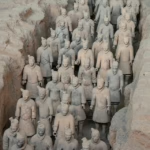














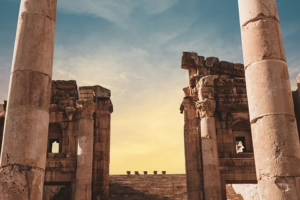
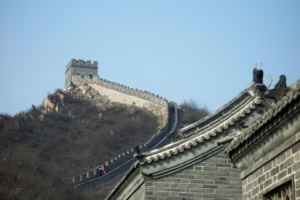
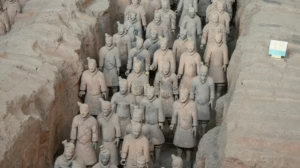

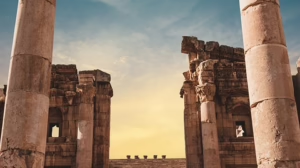




Add Comment